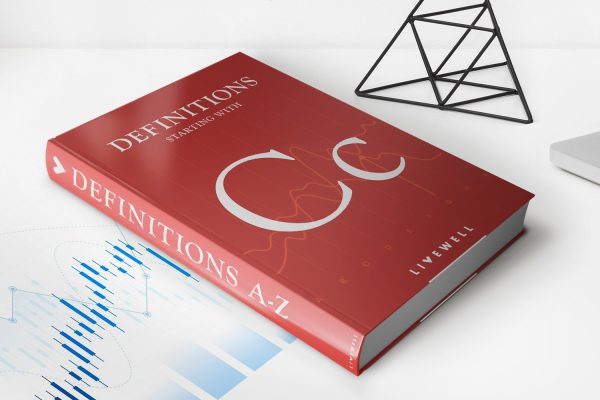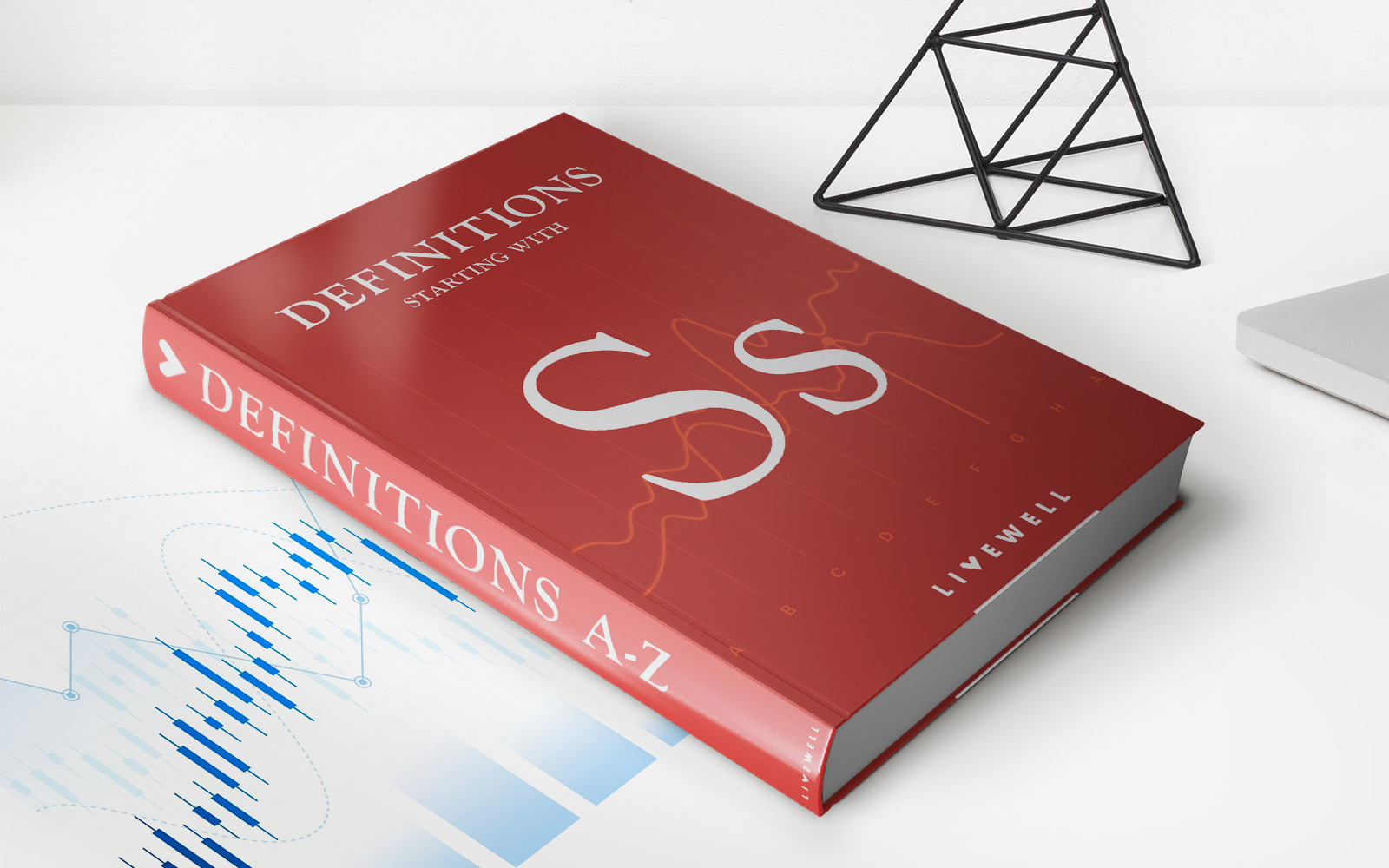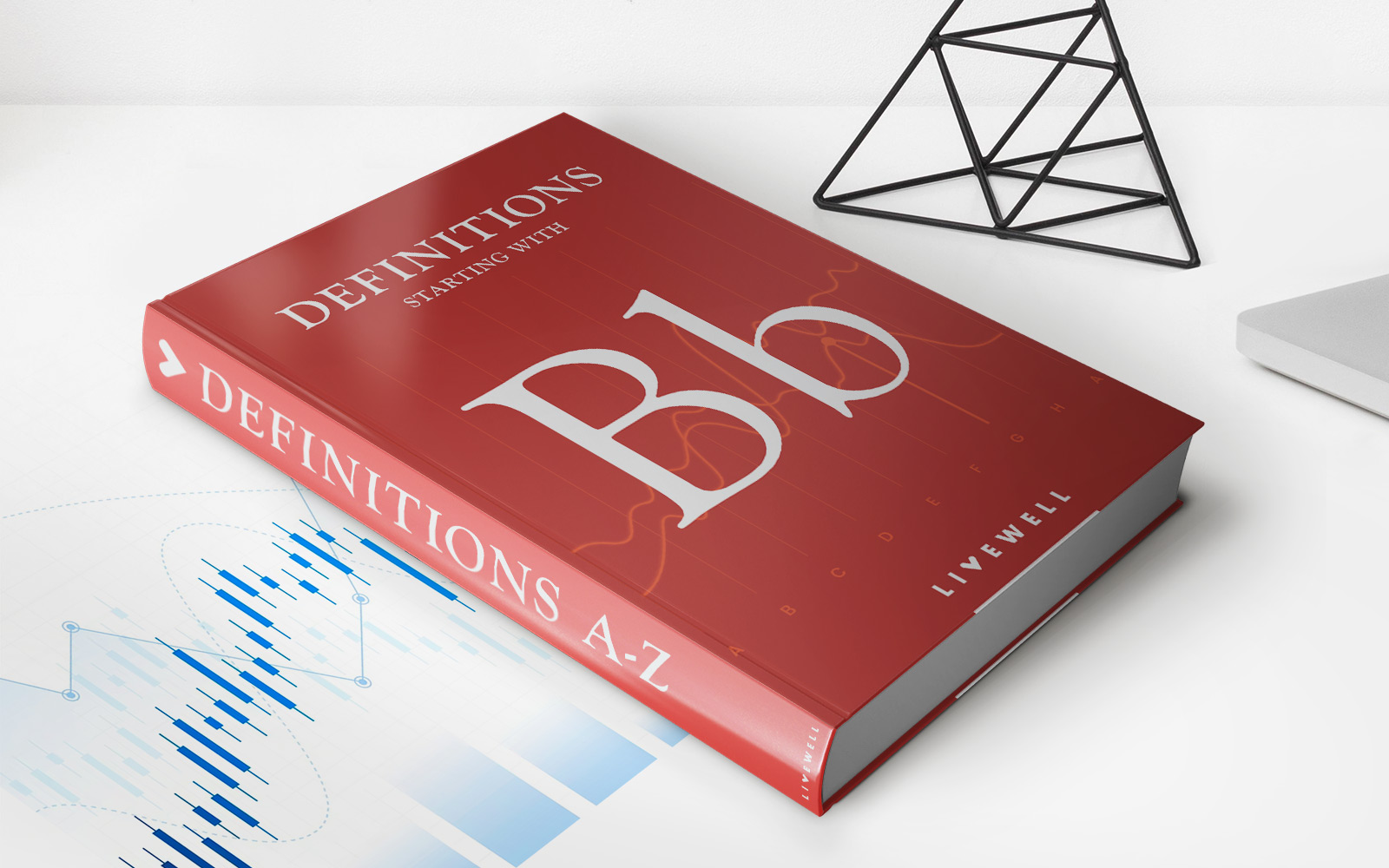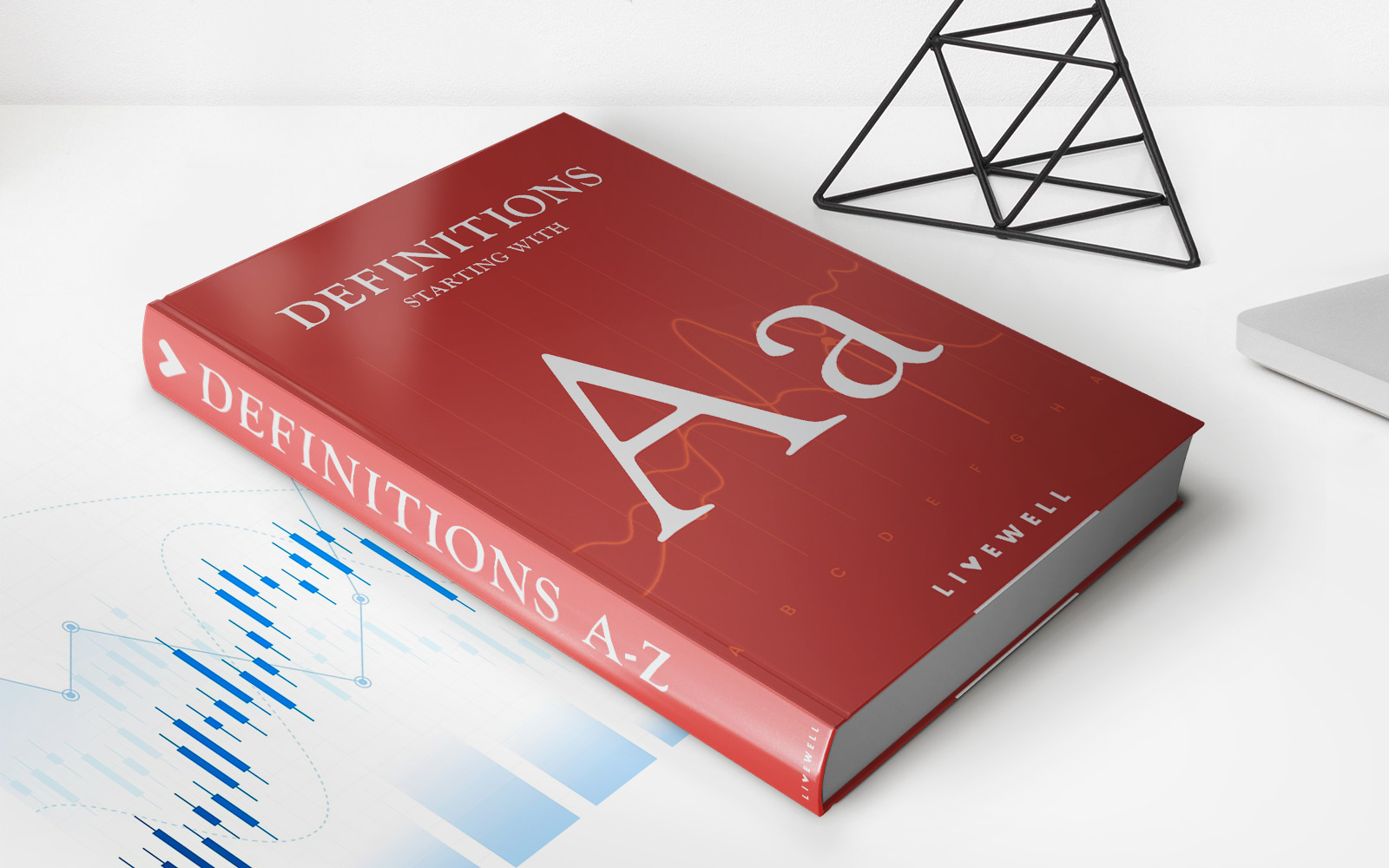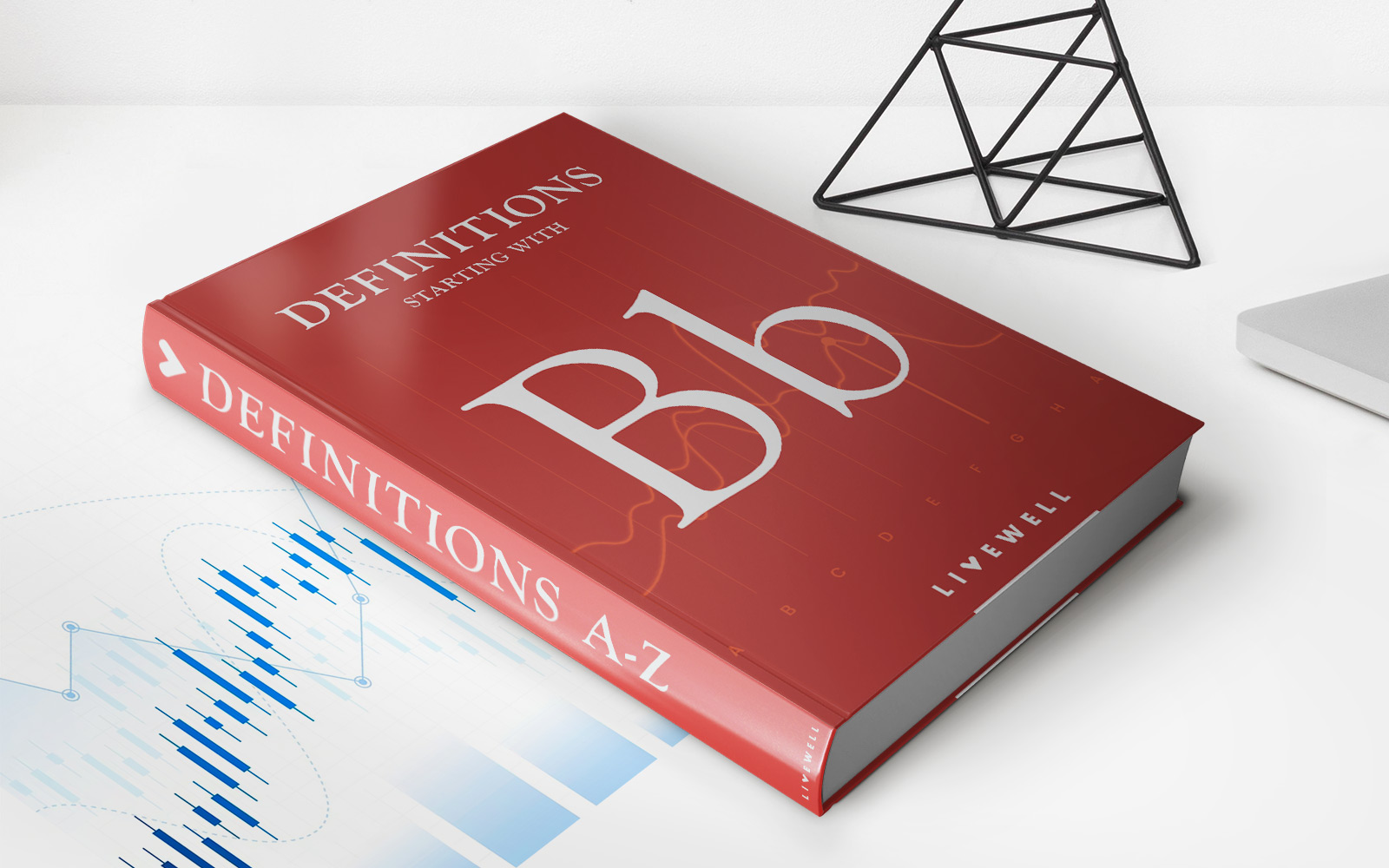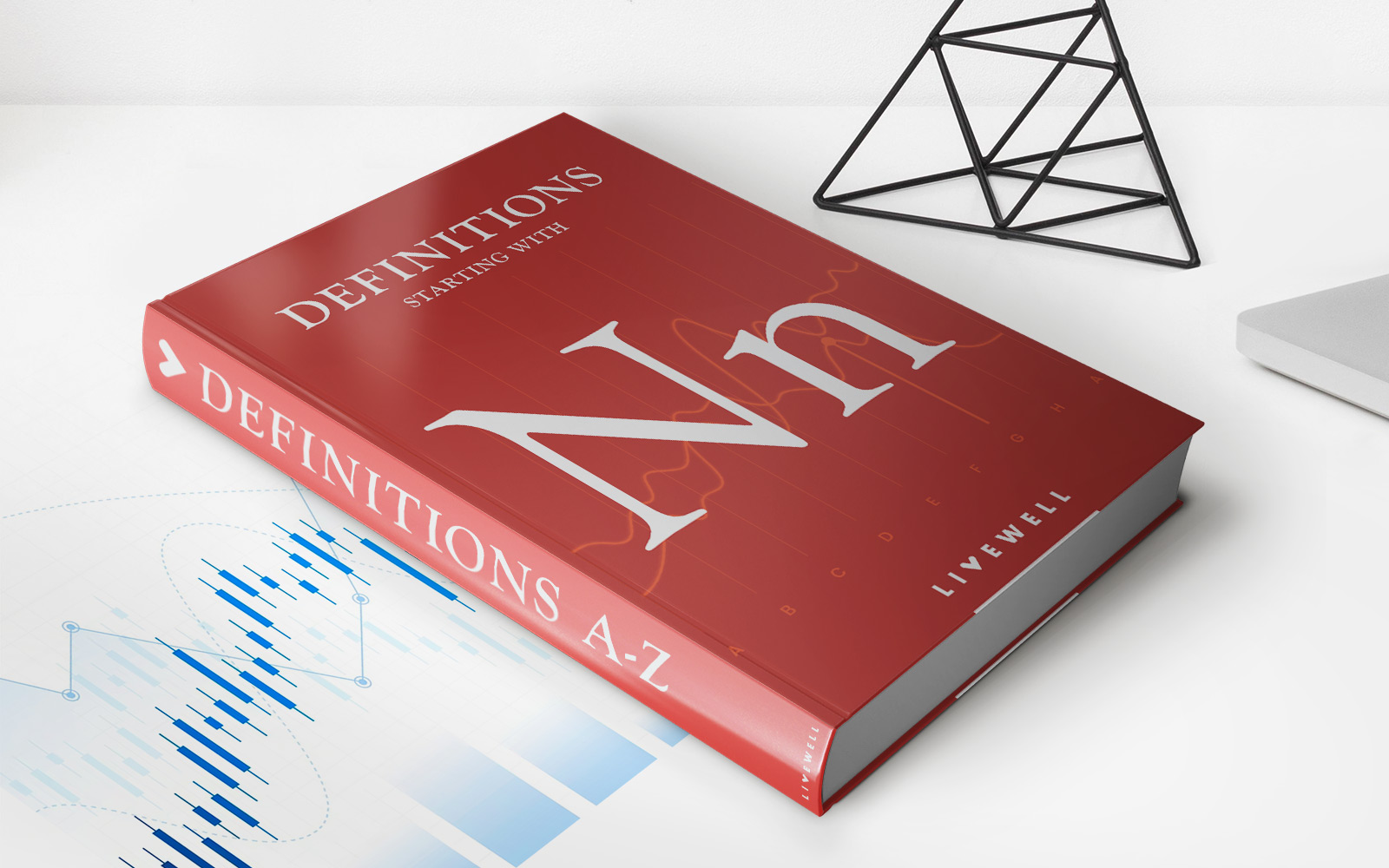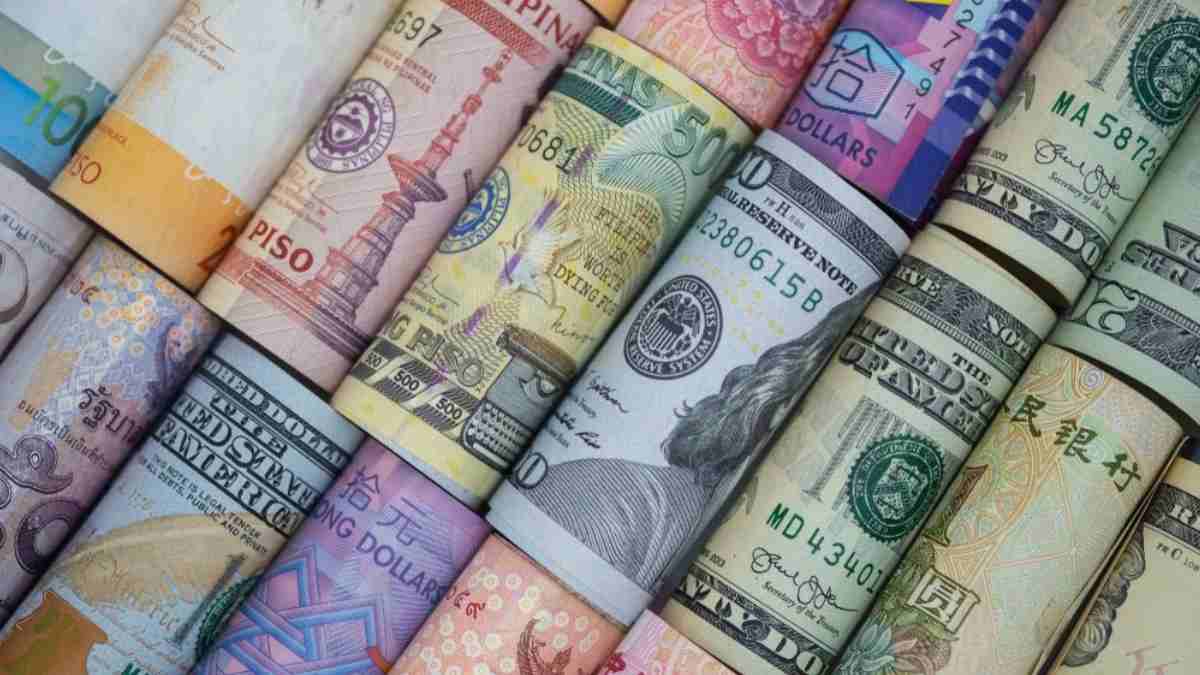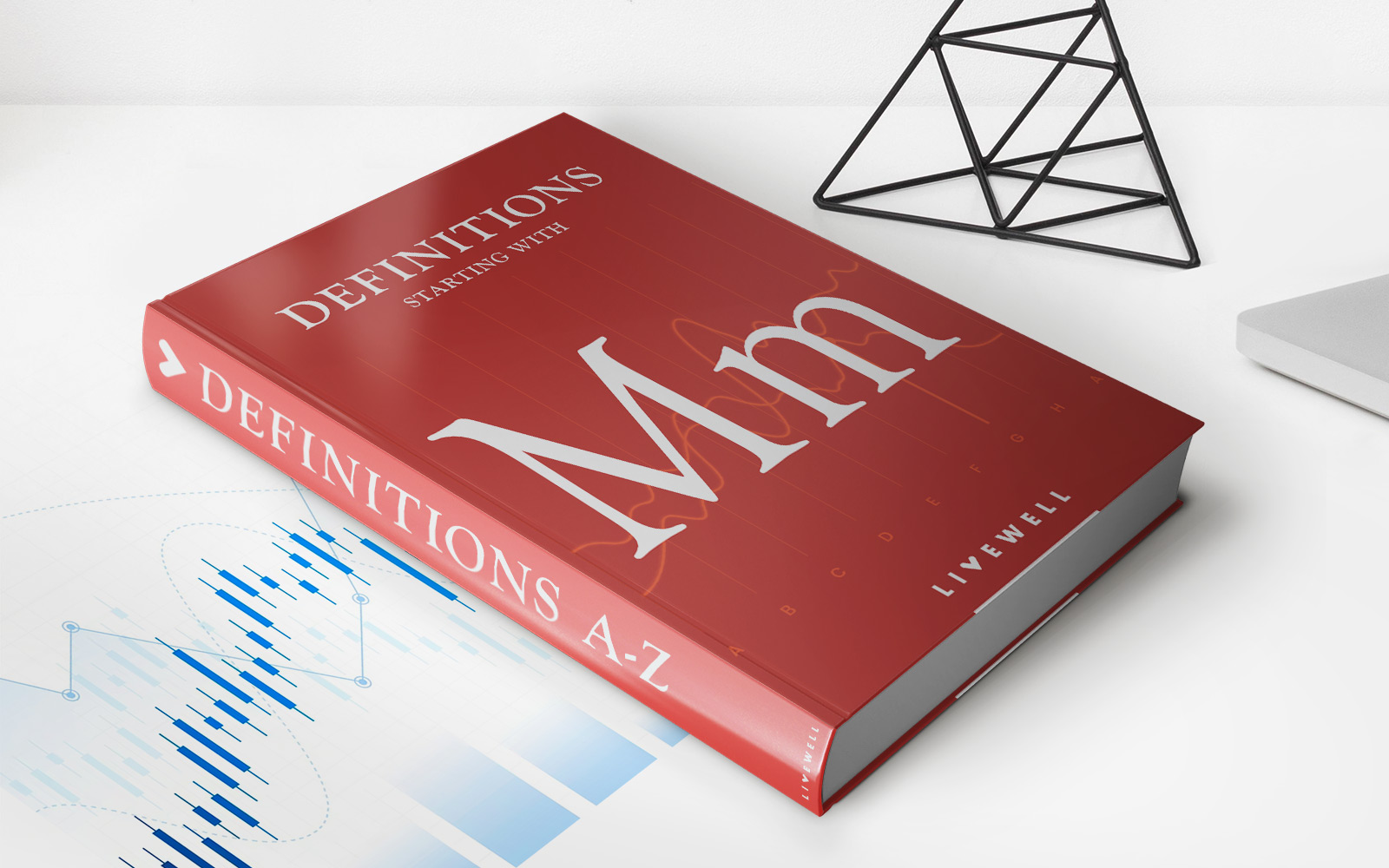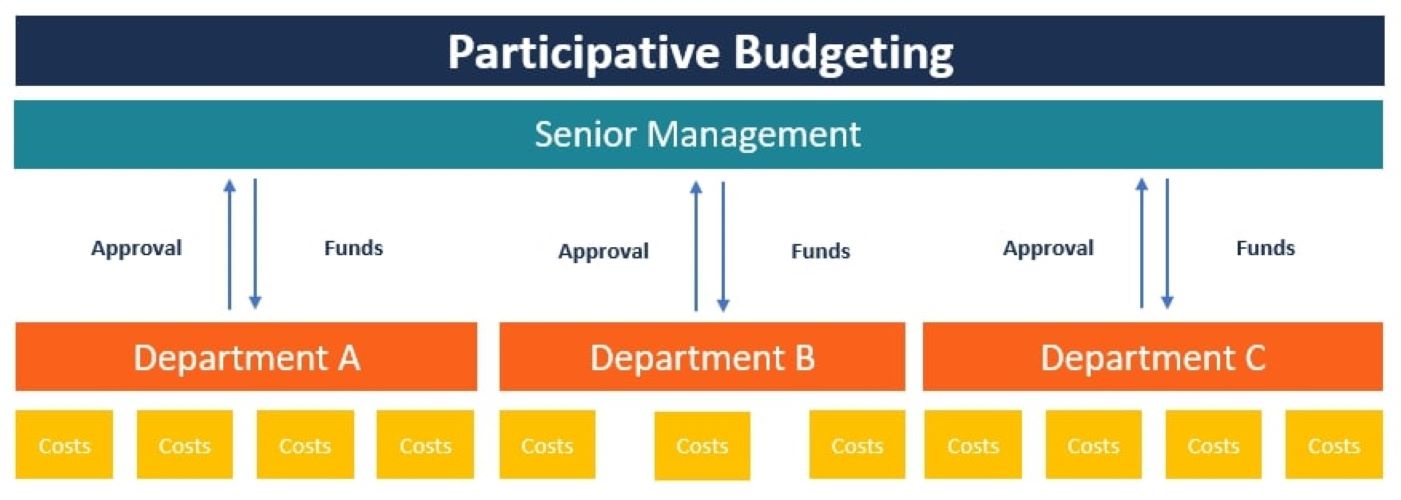Home>Finance>Credit Money: Definition, How It Works, Examples
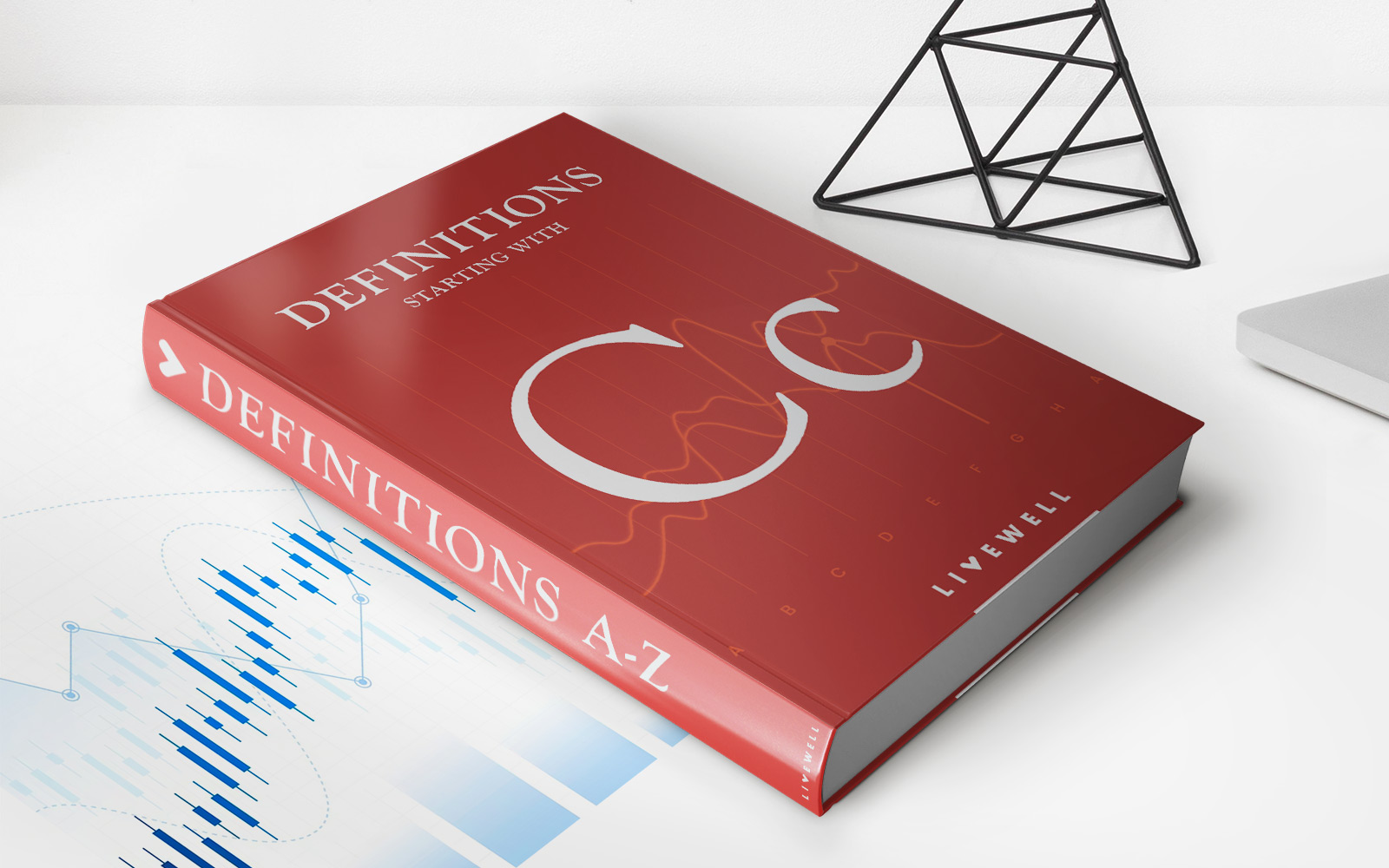

Finance
Credit Money: Definition, How It Works, Examples
Published: November 5, 2023
Learn all about credit money in finance - its definition, how it works, and real-life examples. Enhance your financial knowledge and make informed decisions.
(Many of the links in this article redirect to a specific reviewed product. Your purchase of these products through affiliate links helps to generate commission for LiveWell, at no extra cost. Learn more)
Credit Money: Definition, How It Works, Examples
Welcome to our finance category, where we delve into various aspects of personal and business finance! In this blog post, we’ll be exploring the concept of credit money. What exactly is credit money, how does it work, and what are some examples? We’ll answer all these questions and more, so let’s dive right in!
Key Takeaways:
- Credit money is a form of currency that is not backed by a physical commodity like gold or silver.
- It relies on trust and confidence in the economy and the ability of borrowers to repay their debts.
So, what is credit money? In simple terms, it is a type of currency that is not directly backed by a physical commodity like gold or silver. Instead, its value is derived from the trust and confidence that people have in the economy and the ability of borrowers to repay their debts. Credit money exists in the form of various financial instruments, such as bank deposits, loans, and credit cards.
Understanding how credit money works is crucial, as it plays a significant role in our modern economy. Here are the key points you need to know:
- Credit Creation: When a bank provides a loan or extends credit to an individual or business, new credit money is created. For example, if you take out a loan from a bank, the funds you receive are considered credit money. This process of credit creation helps stimulate economic growth by providing individuals and businesses with the capital they need.
- Interest: When credit money is lent, the borrower typically pays interest on the amount borrowed. Interest is the cost of borrowing money and serves as an incentive for lenders to provide credit. It reflects the time value of money and compensates lenders for the risks associated with lending.
- Repayment: Borrowers are expected to repay the borrowed credit money within a specified period, along with any interest charged. This repayment cycle ensures the stability of the credit system and allows lenders to continue providing credit to other borrowers.
Now that we’ve discussed the basics, let’s take a look at some examples of credit money:
- Bank Deposits: When you deposit money into a bank, you are essentially lending your funds to the bank. The bank then uses these funds to provide credit to other customers. In return, the bank guarantees the safety of your deposits and pays you interest.
- Loans: Personal loans, mortgages, and business loans are all examples of credit money. When you borrow money from a bank or a lender, you receive funds that are created as credit money. You will repay the loan over time, with interest.
- Credit Cards: When you make a purchase using a credit card, you are essentially borrowing the credit money from the credit card company. You will need to repay the amount you spent, typically with interest, by the due date mentioned in your credit card statement.
Understanding credit money is crucial in managing personal finances and making informed financial decisions. By recognizing the role credit money plays in our economy, you can utilize it effectively and responsibly to achieve your financial goals.
We hope this blog post has shed light on the concept of credit money, its workings, and provided you with relevant examples. Remember, credit money is a powerful tool that can help propel your financial endeavors forward, but it should be used wisely and with careful consideration of your own financial situation.
